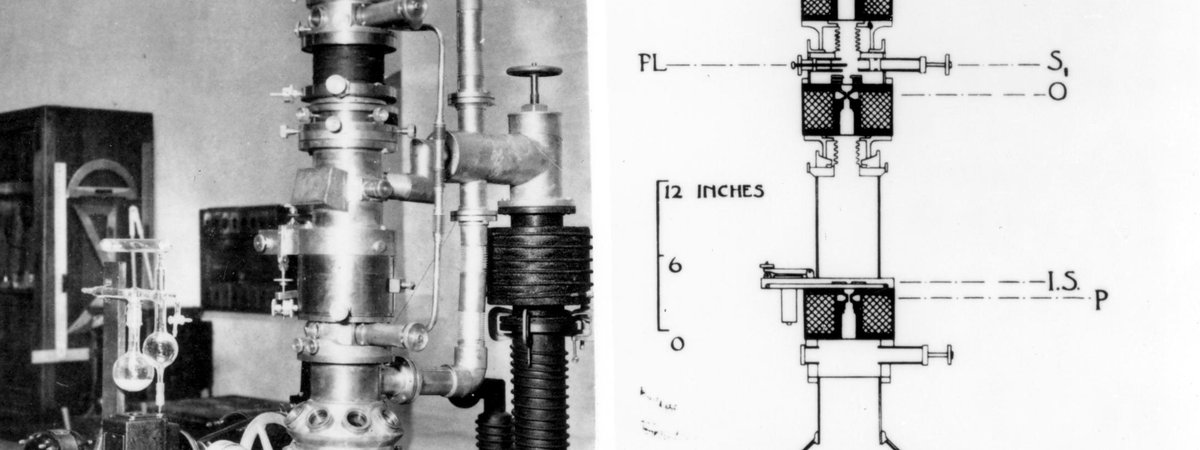Canada provided a great leap forward in physics more than 70 years ago, and that triumph — North America’s first electron microscope — is now on display in Ottawa.
The 1938 microscope from the University of Toronto was once the best in the world. It will be unveiled Thursday evening at the Canada Science and Technology Museum.
Curator David Pantalony is in love with it already.
“You can see the soldered parts and all the string and sealing wax that hold it together,” he said as workers finished the display Wednesday.
“It looks almost crude. … Yet it provided this steady electron beam.
“This instrument represents both the grit and elegance of that era of Canadian physics.”
Built during the Depression, when research funds were scarce, it probably cost $1,000 or less, yet it enabled scientists see things too small to appear under conventional microscopes.
Traditional microscopes use ordinary light, just like binoculars and telescopes. However, light waves reach a limit in how small an object they can show. In the 1930s, these microscopes could magnify by about 2,000 times.
The electron microscope shoots a beam of electrons at the target and makes an image based on where the electrons go after hitting their target. The 1938 machine could magnify about 30,000 times, making it possible to see tiny parts of cells, for instance, that had been invisible before this.
This first electron microscope was all home-made in the basement of the U of T physics department. Physicist Eli Burton oversaw the project, but a couple of graduate students, James Hillier and Albert Prebus, did the hands-on work.
Story continued here http://www.ottawacitizen.com/travel/grit+elegance+that+Canadian+physics/4571294/story.html

